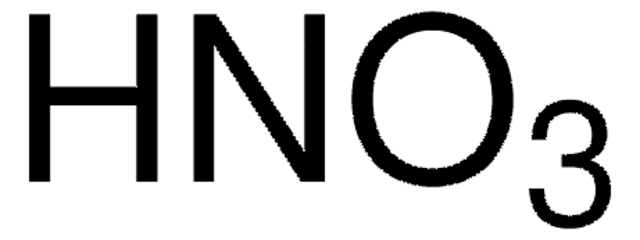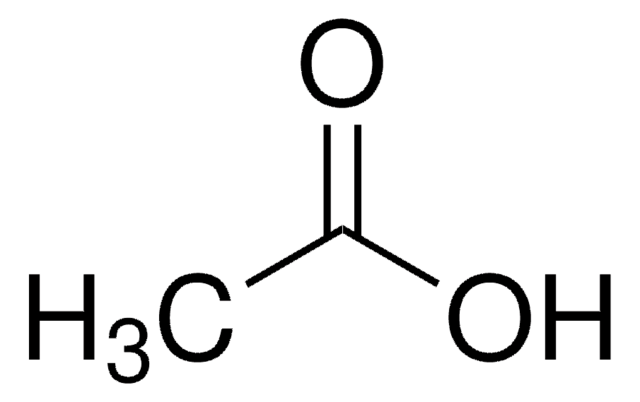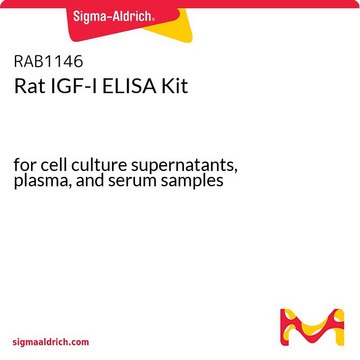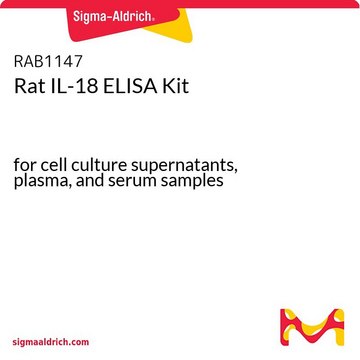48179
ASTM® D5307 Crude oil quantitative standard
6.25 % (w/w) each component, analytical standard
About This Item
Recommended Products
grade
analytical standard
Quality Level
agency
ASTM® D5307
CofA
current certificate can be downloaded
packaging
ampule of 2 mL
concentration
6.25 % (w/w) each component
technique(s)
HPLC: suitable
gas chromatography (GC): suitable
application(s)
petroleum
format
multi-component solution
storage temp.
2-30°C
Related Categories
1 of 4
This Item | RAB1146 | RAB0278 | RAB1147 |
|---|---|---|---|
| Gene Information rat ... Il23a(155140) | Gene Information rat ... Igf1(24482) | Gene Information rat ... Il1b(24494) | Gene Information rat ... Il18(29197) |
| species reactivity rat | species reactivity mouse, rat | species reactivity rat | species reactivity rat |
| assay range inter-assay cv: <12% | assay range inter-assay cv: <12% | assay range inter-assay cv: <12% | assay range inter-assay cv: <12% |
| input sample type cell culture supernatant(s) | input sample type cell culture supernatant(s) | input sample type cell lysate | input sample type cell culture supernatant(s) |
| detection method colorimetric | detection method colorimetric | detection method colorimetric | detection method colorimetric |
| technique(s) ELISA: suitable | technique(s) ELISA: suitable | technique(s) ELISA: suitable, capture ELISA: suitable | technique(s) ELISA: suitable |
Application
ASTM® D5307 crude oil internal standard has been used in the quantitative determination of diamondoid compounds like adamantane in specific organic solvents like dichloromethane, hexane, carbon-tetrachloride, hexane , heptadecane, hexadecane, pentadecane and tetradecane, using infrared attenuated total reflection spectroscopy (IR-ATR).[1]
Other Notes
Legal Information
Analyte
signalword
Danger
hcodes
Hazard Classifications
Asp. Tox. 1
supp_hazards
Storage Class
10 - Combustible liquids
wgk_germany
WGK 3
flash_point_f
213.8 °F - closed cup
flash_point_c
101 °C - closed cup
Choose from one of the most recent versions:
Already Own This Product?
Find documentation for the products that you have recently purchased in the Document Library.
Articles
The synthesis of biaryl compounds via the Suzuki–Miyaura coupling reaction has become more commonplace now that many arylboronic acids are readily available.
Our team of scientists has experience in all areas of research including Life Science, Material Science, Chemical Synthesis, Chromatography, Analytical and many others.
Contact Technical Service










